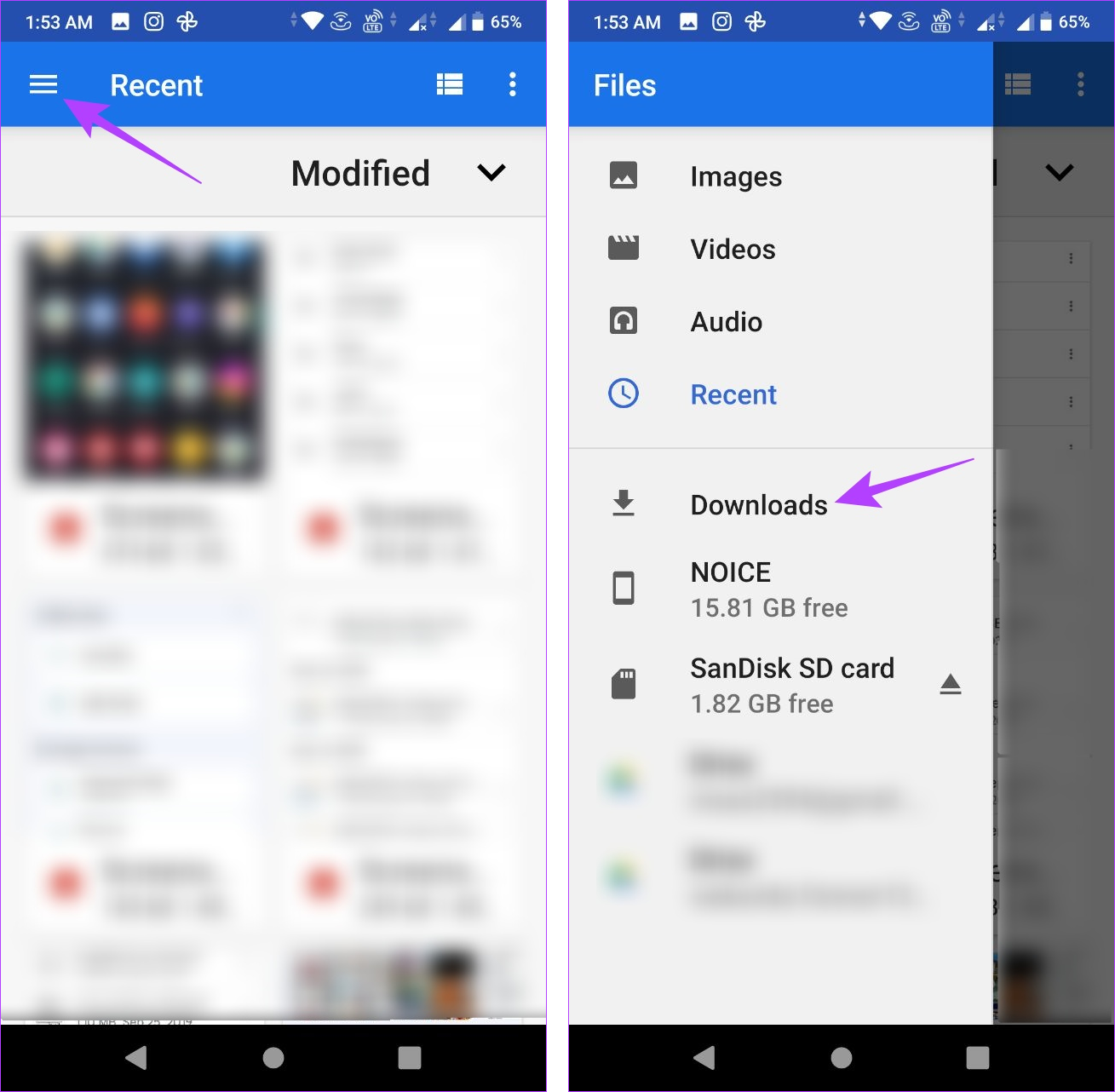Indicators on where do downloaded files go on android phone You Should Know
Indicators on where do downloaded files go on android phone You Should Know
Blog Article
Situating downloaded files on your Android tool can be a difficulty. With ease, your phone can quickly come to be jumbled with photos, video clips, screenshots, and other files. To liberate area on your device, it's vital to keep an eye on where your downloads are saved. In this manner, you can quickly identify and remove unnecessary documents.

This overview shows you just how to find an important data that disappeared and just how to organize your Downloads folder. Below's exactly how to locate downloads on your gadget, whether you make use of one of the best Google Pixel phones or one more Android smartphone.
Locate your downloads with the default file supervisor
Every phone manufacturer might provide a special pre-installed Android application for arranging files, yet your usage must be equivalent. If you have a Samsung device, you can consult our guide on situating downloads on your Samsung Galaxy phone.
Comparable to operating systems like Windows, macOS, and iOS, Android has a Downloads folder for your data. Do the complying with to find the downloads on your device:
1. Open up the Files or My Files app from the home display or application cabinet.
2. Seek a section called Downloads.
3. Tap it to see the data you downloaded and install.
Utilize the Documents by Google application for your downloads
If you're trying to find a simple and effective way to find your downloaded data on your Android tool, consider utilizing Files by Google from the Google Play Store. This app attracts attention as a leading selection for its user-friendly user interface and functionality, making it an outstanding option to any type of preinstalled data manager app on your gadget.
4. Open the Data app.
5. Select the Browse tab at the bottom.
6. Tap Downloads.
7. Select the Download tab to see the documents because folder.
Situate your downloads manually
If you're incapable to situate the Downloads folder on the major web page of your data manager application, try accessing your phone's interior storage instead. Here's a detailed overview on exactly how to do it:
1. Open the Files app.
2. Select the Browse tab near the bottom.
3. Scroll down and most likely to Interior storage.
4. Tap the Download and install folder.
Move your downloads to another area
Transferring files out of the for various factors, particularly for files that hold delicate or individual data. Positioning such data in their marked folder improves their safety and security and lowers the danger of unintended deletion. Furthermore, it assists stop them from being lost among the multitude of unrelated files you may download.
1. Open the Files app.
2. Navigate to your Download folder.
3. Tap the three-dot menu click here to the right of any file.
4. Choose the Move to option.
5. Tap Internal storage at the bottom.
6. Select any location or folder.
7. Tap Move here to transfer the file to that location.
You can also use the Copy to option and paste these files to another location. This allows you to create as many duplicates as you want without removing the original files from your Download folder.
View the exact location of your downloadsM/b >
You may want to see the location of the Download folder for various reasons from time to time. Tap the three-dot menu next to one of your downloaded files and go to File info. The/ storage/emulated/0/ Download path is the default for many modern Android devices. Some third-party web browsers might save files to a different folder, but this should be the location for most downloads.
Managing your downloads is easier than you think
The Files app by Google is an excellent choice for those who appreciate a straightforward file management solution. With its user-friendly interface and simple features, this app effectively categorizes your files into different types such as downloads, images, videos, and audio. Additionally, it provides the option to remove unnecessary files.
Speaking of tidying up, you can free up more storage space by learning how to delete unwanted WhatsApp media files. You can install an SD card on some Android devices if you're still short on space.
Report this page